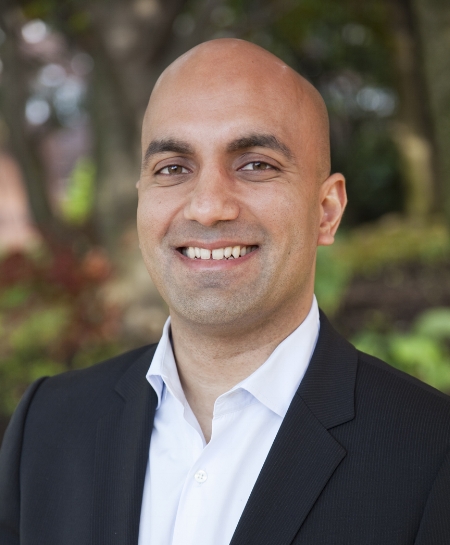Amit Bouri, CEO and Co-Founder, The Global Impact Investing Network

Please give us a bit of background on yourself, and how your organization plays a leadership role in the impact investing space.
I have been involved with impact investing for a while now, since around 2008. Prior to getting officially involved in impact investing, I was a consultant at the Monitor Institute. There, I was a part of the team that created one of the first impact investing reports, which we ended up calling “Investing for Social & Environmental Impact” because no one knew if the newly-coined term “impact investing” would stick.
From there, inspired by the powerful role that capital could play in bringing about positive change in the world, I co-founded the Global Impact Investing Network (GIIN). The GIIN is a global nonprofit organization focused on increasing the scale and effectiveness of impact investing around the world. Our Network of over 240 member organizations in 32 countries serves as a powerful collective action platform for investors coming together from all over, to push forward a shared vision: that capital can and should be used to invest in a better world, to build a better world.
What will you be discussing at The Economist's Impact Investing event in New York on February 15?
I’m delighted to be on a panel titled “Changing the View from the Top” with some longtime friends of the GIIN, and well known leaders in the space. We’ll be highlighting an important shift that’s happening at leading firms, a shift where impact investing is now being discussed by these firms at a strategic level. At the GIIN, we’ve known that impact investing has been gaining incredible momentum around the world, but what’s exciting is to see increasing interest in impact investing at the leadership level of a variety of investor groups. This is representative of a larger shift occurring, which is that impact investing is becoming much more of a mainstream activity, as The Economist also highlighted in a recent article. Today, we have an increasing track record of activity, more significant commitments from large investors, and a much stronger evidence base of performance and activity flows—all of which add up to a much more compelling case for how impact investing should be part of strategic conversations.
What’s an exciting initiative you’re working on?
Last September, we launched a thought leadership campaign around the role of impact investing in achieving the UN Sustainable Development Goals (SDGs). The SDGs represent a really critical focus for the global community and how it thinks about building a more just, healthy, and sustainable planet. We saw a clear role for the GIIN to help build a bridge between the SDGs and the way people think about investment— and to really help clarify that this isn’t just a government or NGO initiative but that private investment capital will play a critical role in the achievement of the SDGs. We will continue to press for more investors to commit capital to impact investing efforts aimed at progressing the SDGs.
It’s important for us at the GIIN to also make sure the world beyond our network understands that there are opportunities to contribute towards the achievement of the SDGs by making impact investments. So as part of our campaign, we profiled a variety of impact investors to demonstrate how leading investors are creating positive change around the world.
What challenges do you see for the future of purpose-driven finance?
There’s still a great challenge around changing the mindset of people who have yet to realize the full power of their capital to create positive change alongside financial returns. While we’re seeing a lot of progress, there are still investors on the sidelines who have not yet gone down that journey, and frankly, might not even know it’s an option yet. Continuing to raise awareness is of huge importance.
To learn more about the Impact Investing event, click here.